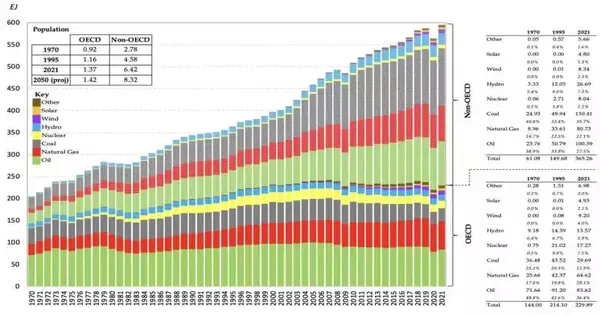Texas’ legacy energy economy and geology are ideal for developing a robust hydrogen market, which will play an important role in sustainability, but a successful energy transition also requires a shift in policy and market structure, according to a new report from Rice University’s Baker Institute for Public Policy.
Converting the state’s legacy infrastructure and current industrial uses of hydrogen to low-carbon production technologies is likely the most expedient path to broader hydrogen use, the report argues.
“Texas is in a very advantageous position to play a leading role in driving hydrogen market growth, but the evolution of policy and market structure will dictate whether or not this comes to pass,” wrote co-authors Ken Medlock, senior director of the Baker Institute’s Center for Energy Studies, and Shih Yu (Elsie) Hung, research manager at the center.
“Hydrogen’s biggest strength is its diversity,” Medlock and Hung argue. “It can be produced in a number of different ways—including steam-methane reforming, electrolysis, and pyrolysis—so it can leverage a variety of comparative advantages across regions,” they wrote. Hydrogen can also be used in fuel cells to generate electricity, power, and heat, according to the U.S. Department of Energy.
“Texas is in a very favourable position to play a leading role in pushing the expansion of the hydrogen industry, but whether this occurs or not will depend on the evolution of policy and market structure,”
Ken Medlock, senior director of the Baker Institute’s Center for Energy Studies
For Texas, using existing infrastructure will help manage the economic hurdles of transition and promote affordability. Texas has a large natural gas production, transport, storage, and end-use footprint, as well as a robust industrial sector that includes petroleum products, chemicals, and plastics. It is also home to the nation’s largest regional port capacity. All of this contributes to deep expertise in logistics and supply chain management.
The state also already has an existing hydrogen market with two-thirds of the country’s hydrogen transport infrastructure. Additionally, the coastal geology of Texas is ideal for long-term storage of hydrogen and carbon.
Yet, the extent to which hydrogen markets can expand will depend on federal, state, and local policy frameworks. Policies that do not promote price and volume transparency can limit investment and prevent the development needed to reach meaningful scale, the authors argue.
“(Hydrogen’s) expansion as an energy carrier beyond its traditional uses in industrial applications will depend heavily on 1) significant investment in infrastructure and 2) well-designed market structures with appropriate regulatory architectures,” they wrote. “A lack of either will risk coordination failure along hydrogen supply chains and, thus, threaten to derail any momentum that may currently be building.”
To successfully generate the scale needed for broad hydrogen adoption, policymakers must take a full value chain approach, the authors argue. While recent federal emphasis on infrastructure investment is helpful, market design must also be addressed to ensure long-term growth, they said.
The history of the U.S. natural gas market carries some important lessons regarding the roles of infrastructure investment and market structure in promoting market liquidity. Policies that support infrastructure investment along the entire supply chain and encourage competition and transparency could catalyze hydrogen market expansion, according to the report.
More information: Kenneth B. III Medlock et al, Developing a Robust Hydrogen Market in Texas, James A. Baker III Institute for Public Policy of Rice University (2023). DOI: 10.25613/ykkh-8k02. www.bakerinstitute.org/researc … ydrogen-market-texas





